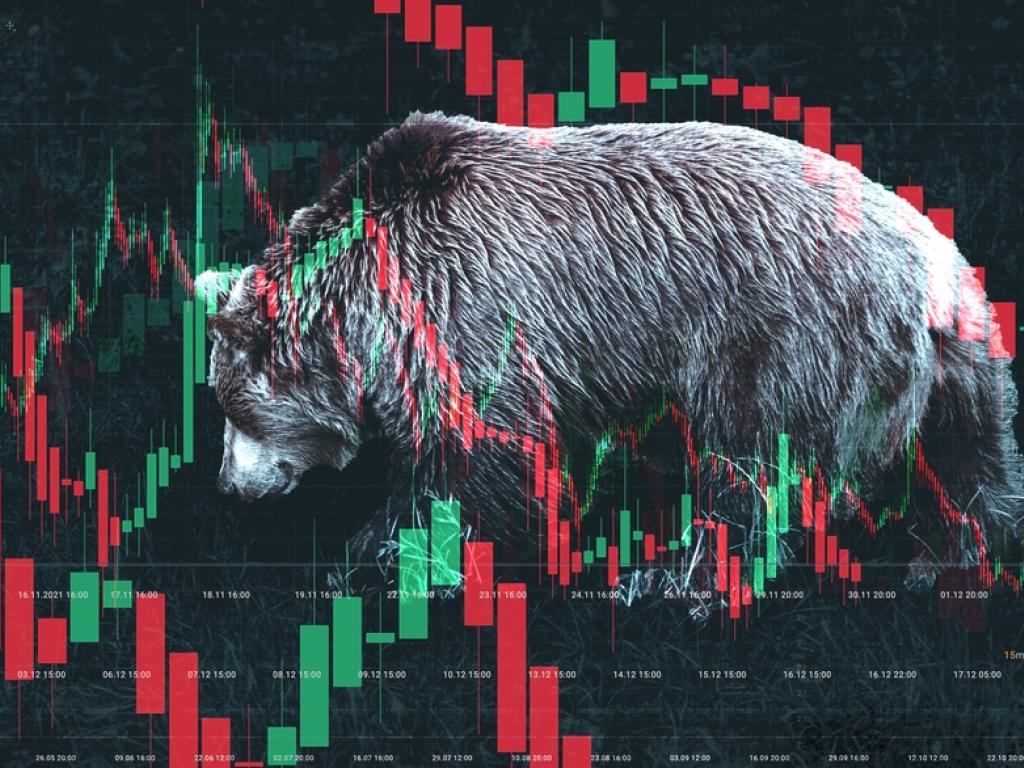What Is a 3X Bull Exchange Traded Fund
3x bull ETFs are leveraged ETFs that seek to generate a return that is three times the return of their underlying index. Learn more about how 3x bull ETFs work and the risks and rewards involved

Introduction
Leveraged Exchange-Traded Funds (ETFs) are used by some financial traders. These financial products, like regular ETFs, are pooled investment vehicles that allow you to obtain exposure to numerous connected assets with a single investment. They can also track a stock index or an industry.
What are leveraged ETFs?
Leveraged ETFs are a subset of ETFs. They employ loans to boost their equity positions. They have higher risk and return characteristics as compared to other ETFs. Furthermore, although a traditional ETF seeks to equal the index's returns, a leveraged ETF seeks to multiply the index's returns by 2X or 3X.
What is a 3X ETF?
A 3X ETF is a leveraged ETF that provides you with leveraged exposure to an underlying asset or index. The usage of the word '3X' in the name denotes that the ETF seeks to produce three times the daily returns of the underlying asset or index that it monitors.
3X ETFs are riskier because they have a bigger exposure in an attempt to maximize profits.
Here's an example to help you better comprehend a 3X ETF:
The NIFTY 50 ETF is comprised of the stocks of the 50 businesses included on the NIFTY index. The ETF outperforms the NIFTY index. So, if the index rises by one point, the 3X ETF will rise by three points. The same is true of a loss. If the index falls by one point, the 3X ETF loses three points.
ETF stocks, like individual equities, are traded on the stock exchange. During trading hours, you can trade them at any moment. It is vital to know that 3X ETFs have a higher expense ratio than regular ETFs. This means that your fund management will take a substantial portion of your returns as a fee.
How does a 3X ETF work?
A 3X ETF boosts its performance by investing in assets other than stocks. Forward contracts, futures contracts, options, swap agreements, equity caps, reverse repurchase agreements, and other sophisticated financial instruments are used to allocate capital.
Here's an illustration of how the performance of the index tracked by the ETF influences its returns:
Assume you invest Rs. 80 in a 3X ETF. If the index appreciates 3% on the first trading day, the 3X leveraged fund rises by 9%. If the index falls by 4% the next day, the triple-leveraged ETF falls by 12%. Regardless of the direction of the shift, the return is three times.
When the price index rises, the value of your investment rises to Rs. 87.20. When the price lowers the next day, the investment is worth Rs. 76.70. As a result, the overall movement in the value of the investment is a loss of 4.1%.
ETFs have compounding effects, as demonstrated by the above example. Because of this feature, traders are forced to acquire and sell money in the short term. Financial traders typically keep 3X ETFs for barely a day or two. This reduces the possibility of compounding losses, which, if not controlled, might result in the loss of the main investment.
Also read :- A Guide to Exchange Traded Commodities
Who should buy a 3X ETF?
A 3X ETF is suitable for you if you fulfil the following criteria:
- You understand short-term trading
- You can handle a loss
- You are an expert in the market and know how it works
- You have the time and energy to manage your investments
A 3X ETF is not ideal if you are looking to invest for the long term to build funds for retirement. It is also not preferable if you are considering low-risk options.
Conclusion
If you wish to invest in 3X ETFs, you must be well-versed in financial markets. Furthermore, you must be able to invest relatively larger sums and suffer a blow. Remember to thoroughly comprehend its operation and associated hazards.















.jpeg?updatedAt=1701266483633)




